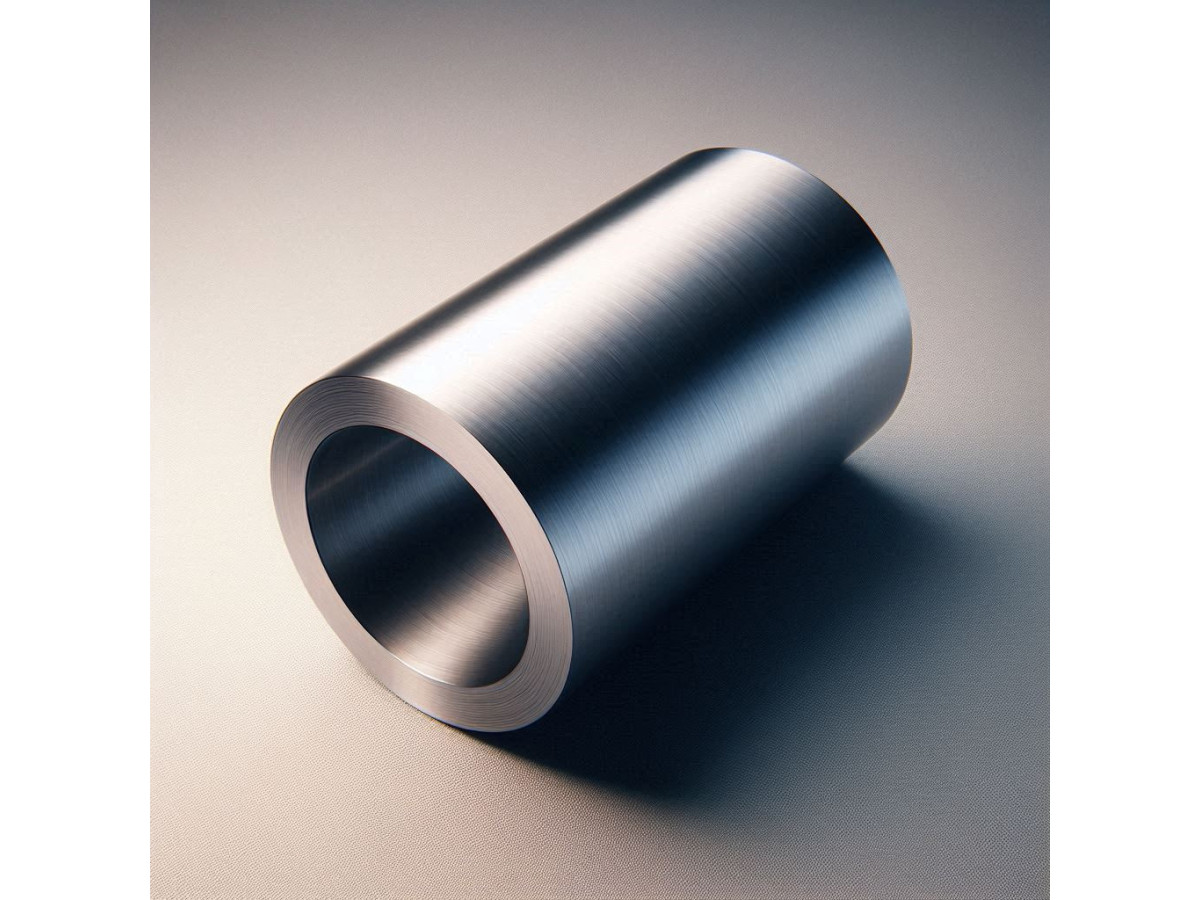Discover stainless steel tape - the ideal solution for those who value quality and reliability. Rolled metal will provide durability and resistance to corrosion, which makes it indispensable in any industry. Do you want your products to always look stylish and modern? Stainless steel tape with its shiny and smooth surface will give projects an elegant and finished look. Whether you work in construction, manufacturing or design, such a product is your true ally in creating products of the highest quality.
Manufacturing secrets
The production of stainless steel tape is a complex process that includes several stages:
- The starting material is stainless steel ingots, which are hot or cold rolled. Hot rolling is used to produce workpieces of large thickness, and cold rolling is used to achieve high dimensional accuracy and improve surface quality.
- After rolling, the strip is subjected to various types of heat treatment to give it the necessary properties: annealing, hardening, tempering.
- Finishing includes grinding, polishing or matting the surface.
The etching process leaves the surface of the product immaculately clean, removing all traces of oxides and giving it a shiny appearance.
Types of rolled metal
Stainless steel tape is available on the market in a wide variety of types, differing in their characteristics and scope of application. The classification of the tape can be carried out according to several parameters:
- steel grade;
- precision manufacturing;
- surface condition;
- width;
- thickness;
- additional processing.
The most common grades for tape production: AISI 304, 316, 430. Each grade has its own unique chemical composition, which determines its rust resistance, strength, ductility and other properties. The strip can be hot rolled (with less dimensional accuracy) or cold rolled (with high accuracy).
Rolled products can have varying degrees of surface treatment: matte, polished, mirror, textured. The width of the tape varies widely and depends on the application. The thickness of the tape can also vary significantly, which determines its rigidity and area of application. The tape can be subjected to various types of additional processing, such as annealing, hardening, etching, which can improve its properties and give it special characteristics.
Hot rolled stainless steel strip is designed for those who value strength and durability, it is your ideal partner in construction and industry. This type of tape is subjected to high temperatures, which gives it incredible mechanical resistance. Regardless of the complexity of the tasks, the product is always ready for testing.
The cold rolled type is suitable if you need precision and smoothness. This product provides a flawless surface and ideal dimensions, making it indispensable in the automotive and electronics industries. With increased strength and elegance, cold rolled tape is the basis for the most sophisticated projects.
To achieve the highest quality standards, annealed tape is used. Heat treatment ensures exceptional ductility and durability of the material. Use it in medical equipment and precision mechanics, and rest assured that this material will not let you down.
Looking for sparkle and perfection? A polished stainless steel tape is exactly what you need. The shiny surface and perfect smoothness make it an excellent choice for decorative solutions and the production of equipment for the food industry. With polished tape, your projects will shine with new colors.
For the most severe conditions, we offer tape with additional protective coatings. They provide incredible resistance to corrosion and mechanical damage. Use this type of tape in the chemical industry and marine structures and rest assured that it will withstand any test.
Secrets of care
Metal tape is a material that, with proper care, will last for many years. But, despite its corrosion resistance, it requires some attention. To remove any type of dirt, it is recommended to use mild detergents and soft cloths or sponges. Abrasive materials may damage the protective film on the surface of the belt.
Contact with acids, alkalis, salts and other aggressive substances over a long period of time can lead to corrosion. Try to avoid scratches, chips and other damage to the surface. After cleaning, the tape must be thoroughly dried to prevent staining and streaking.

